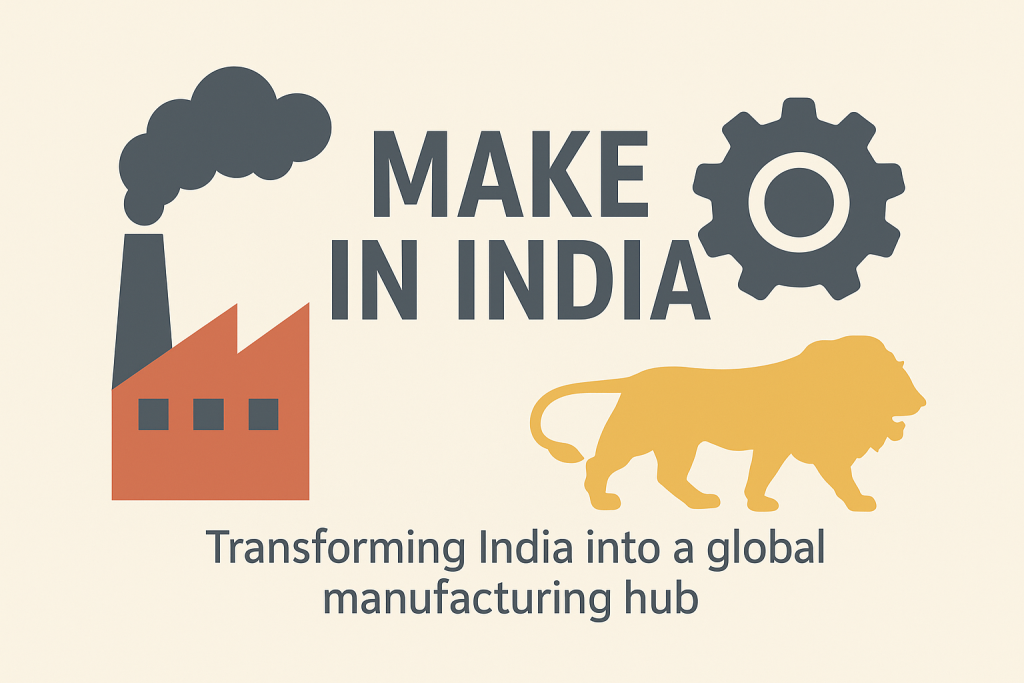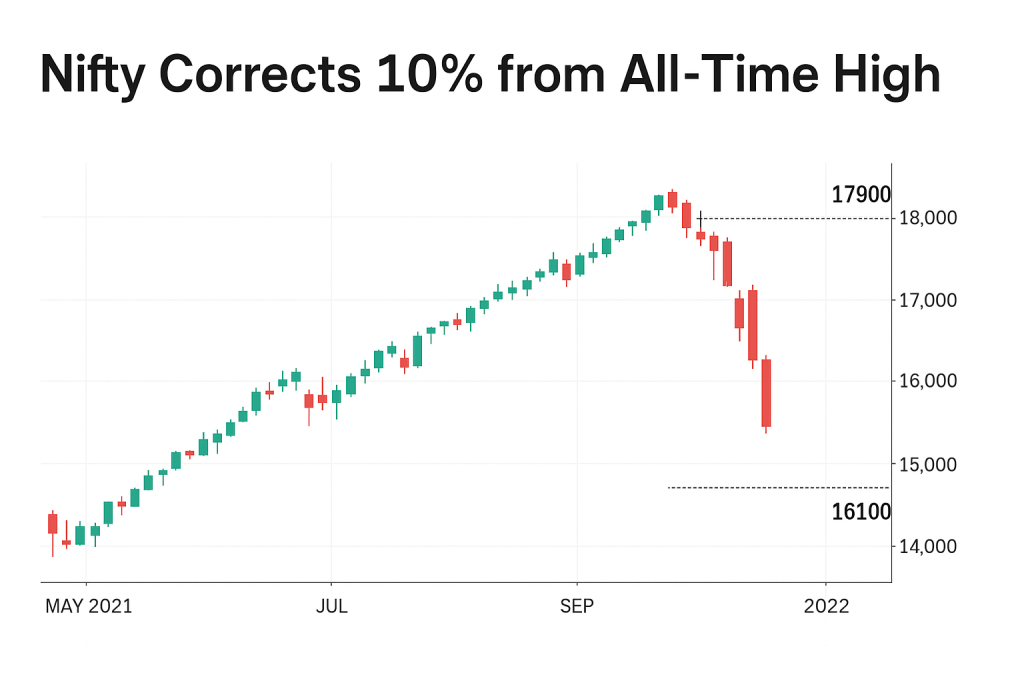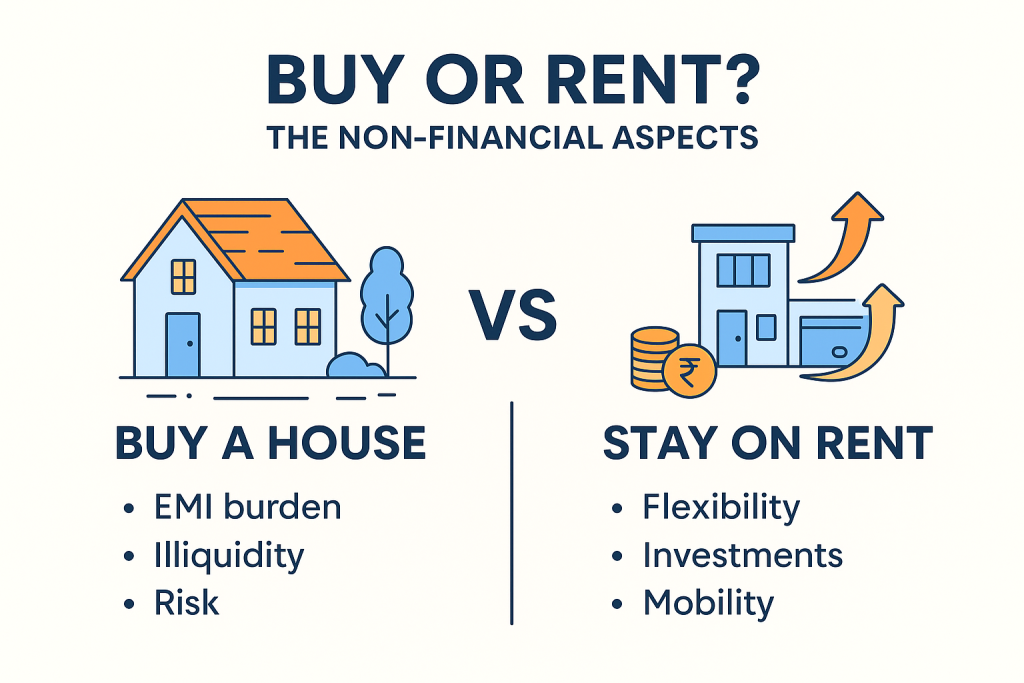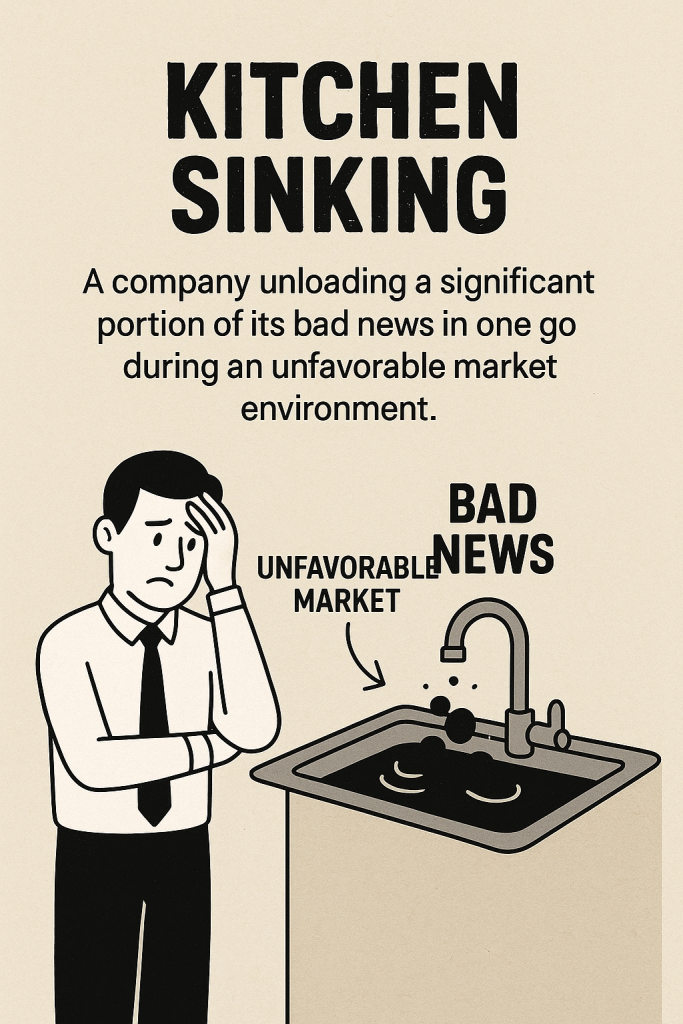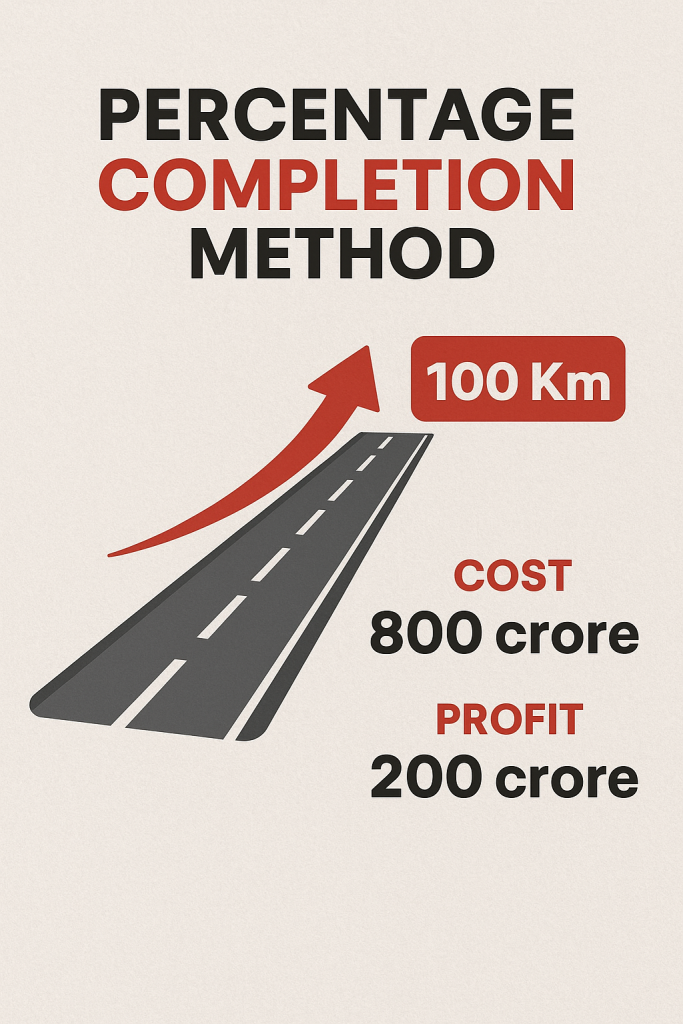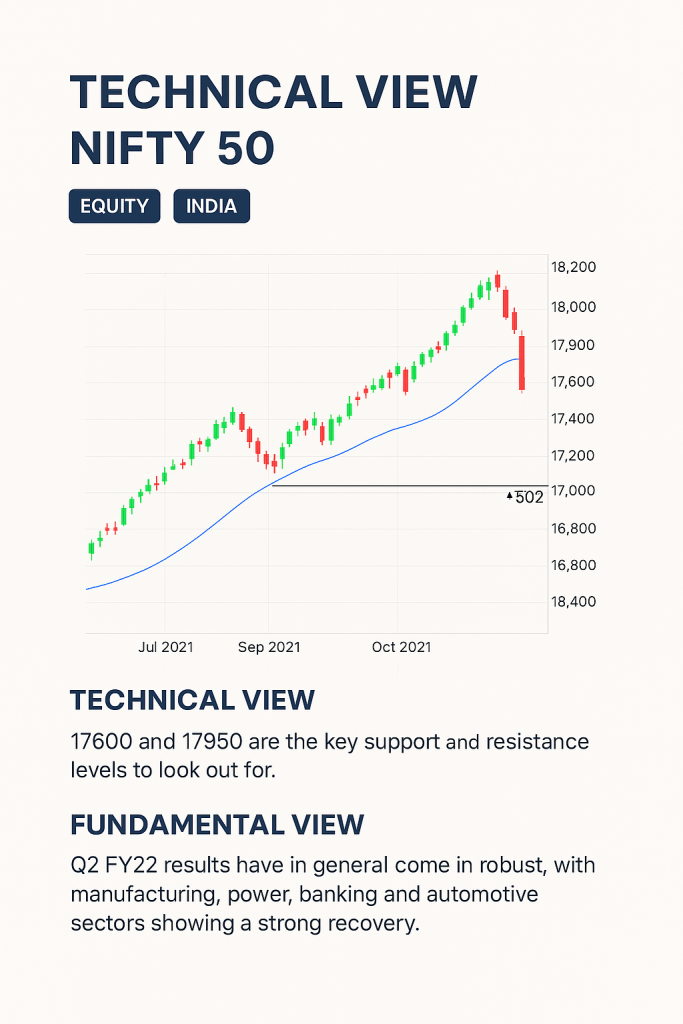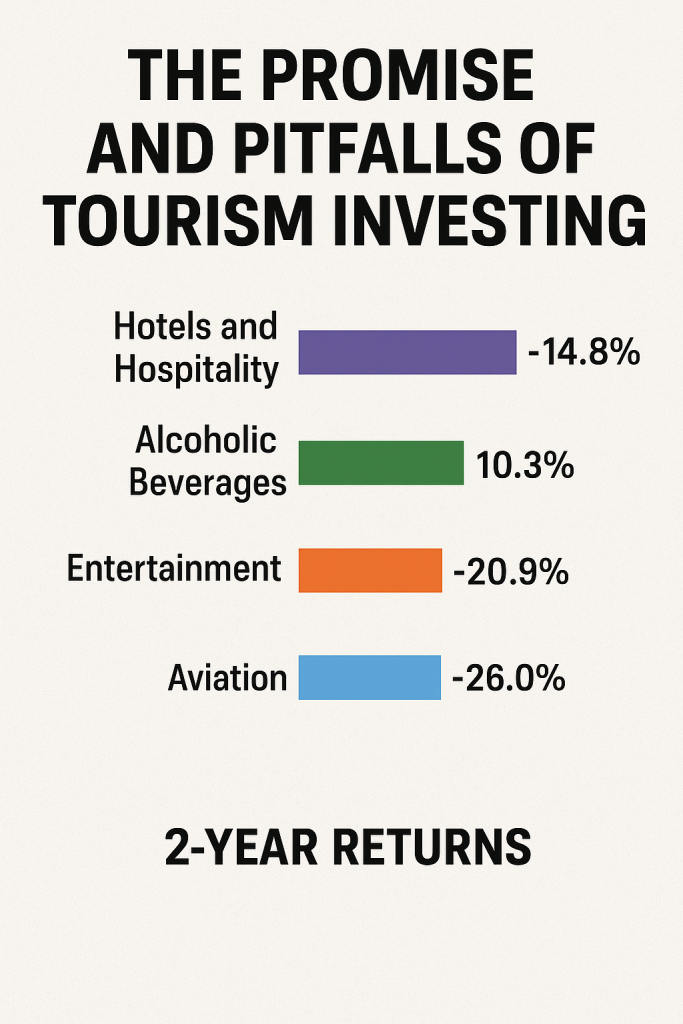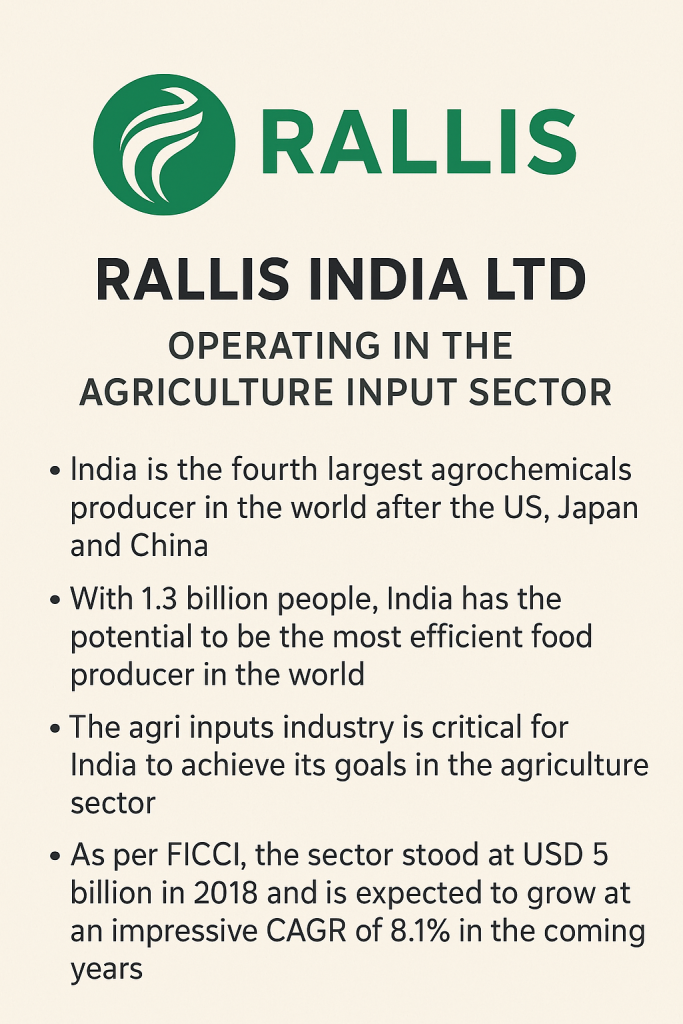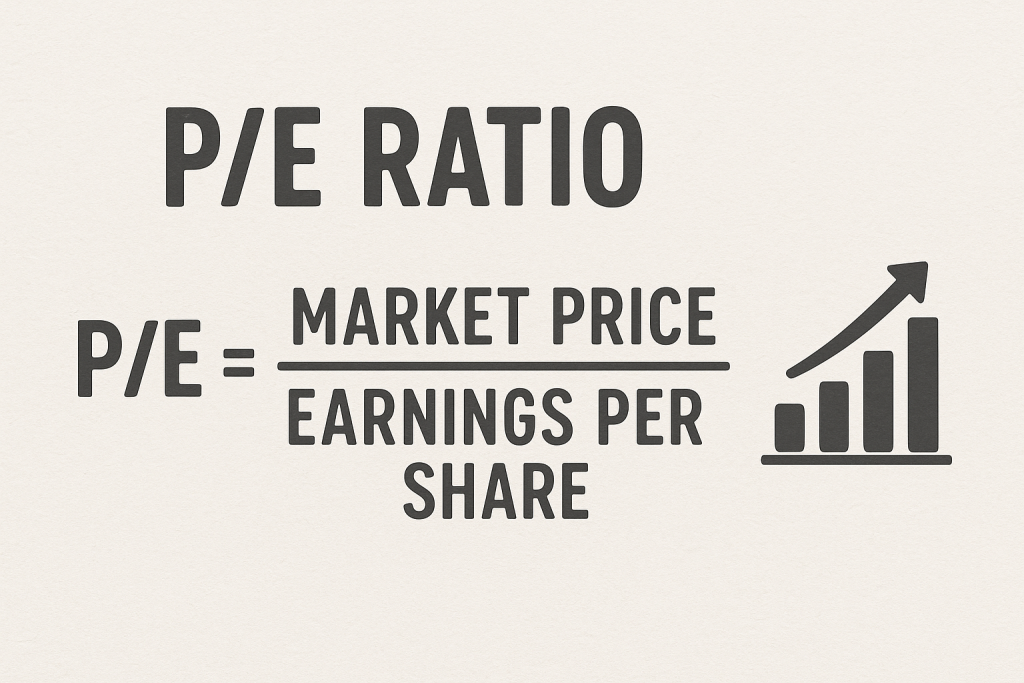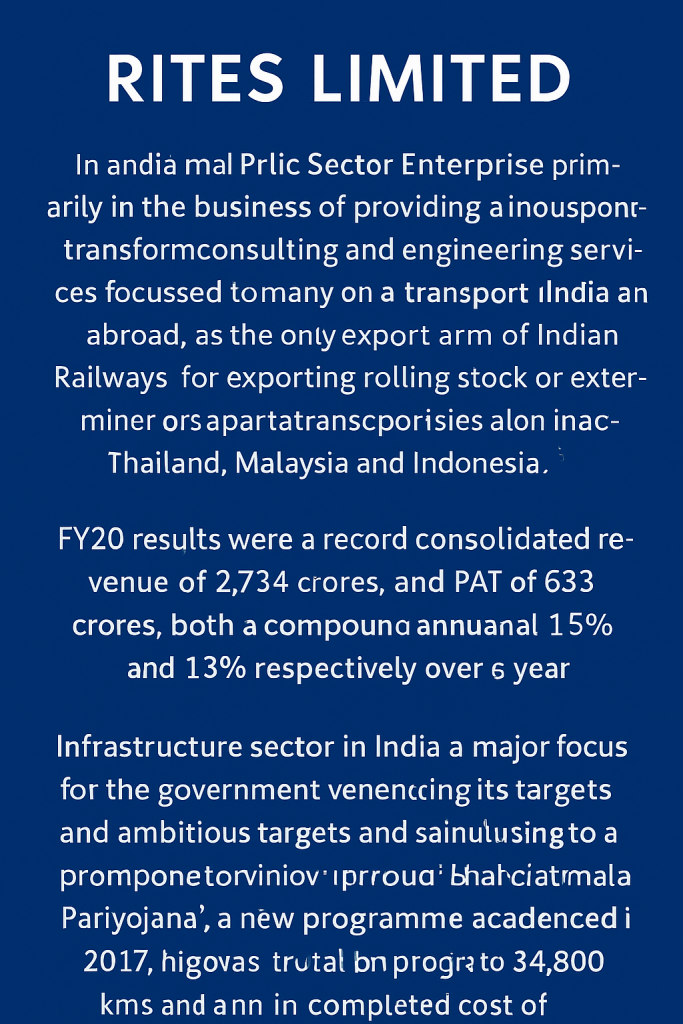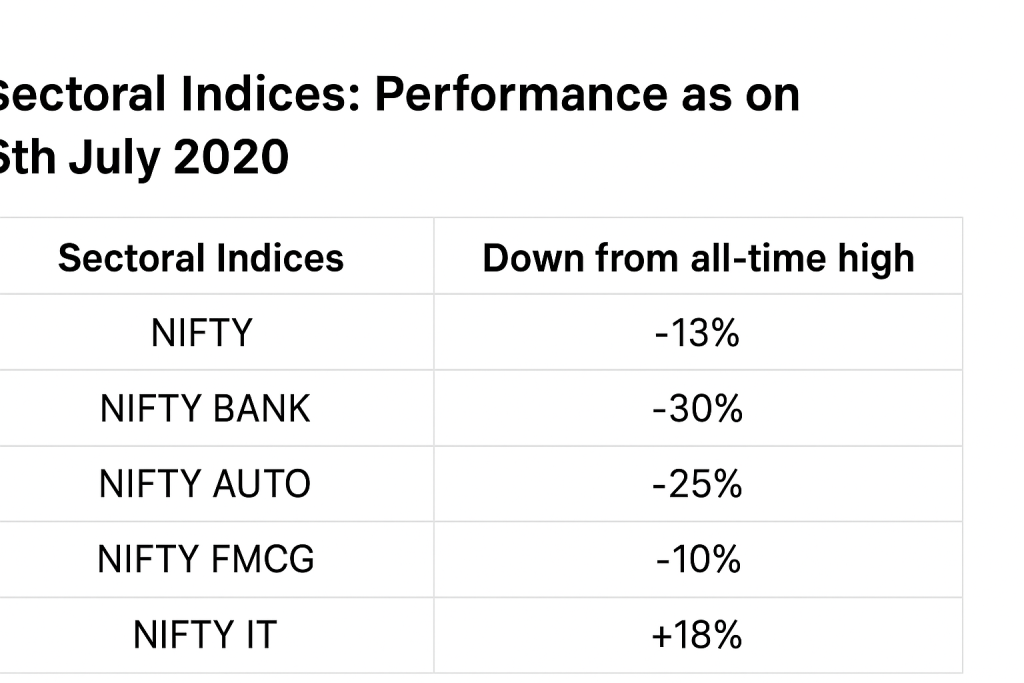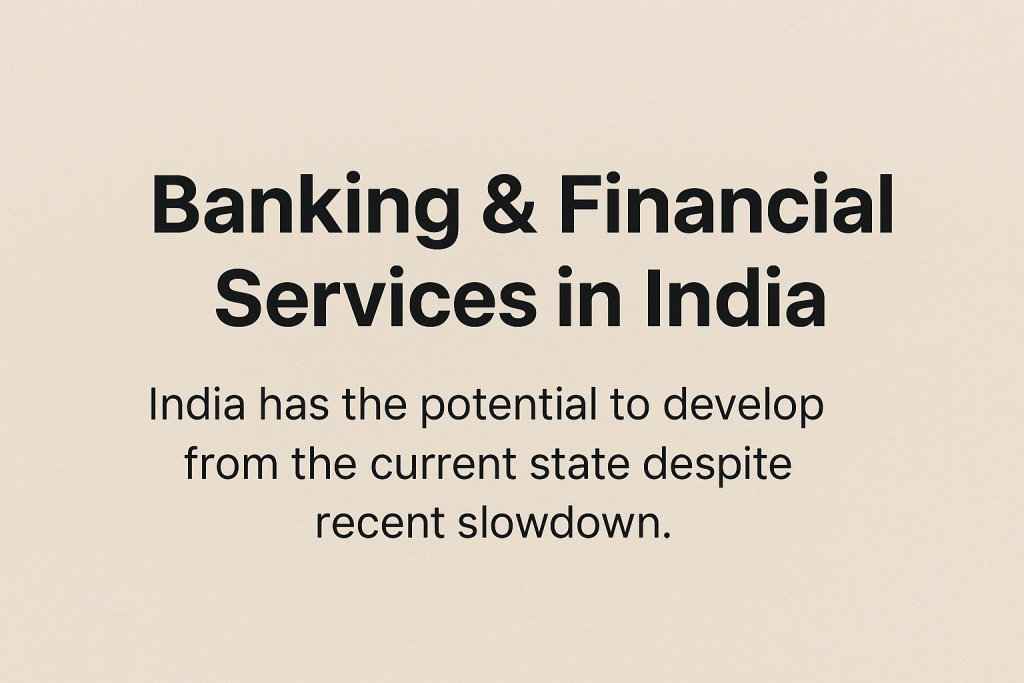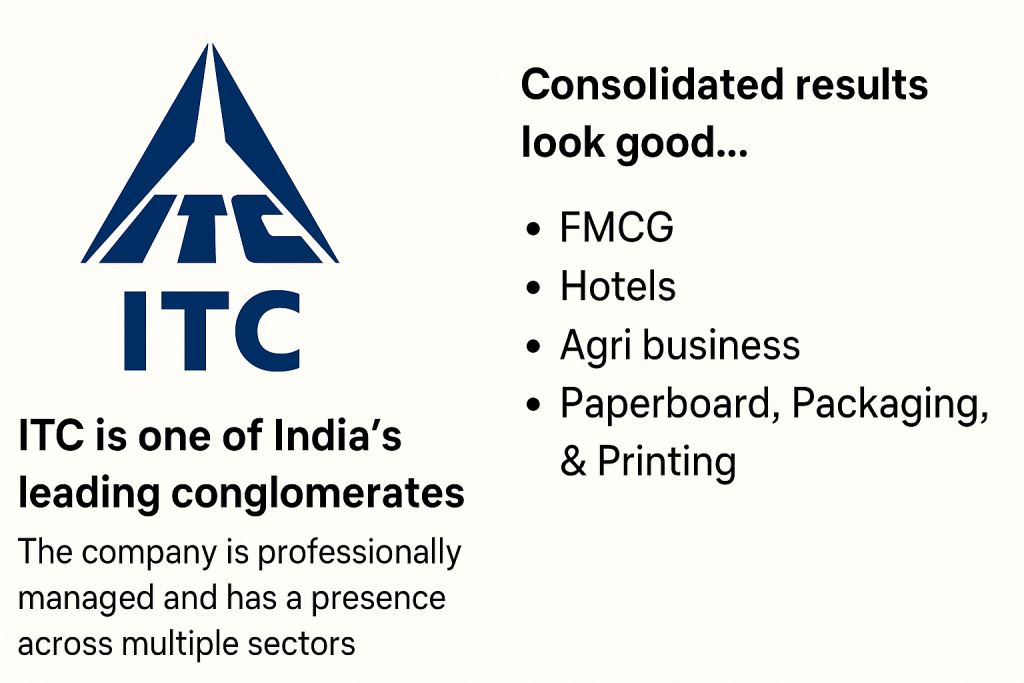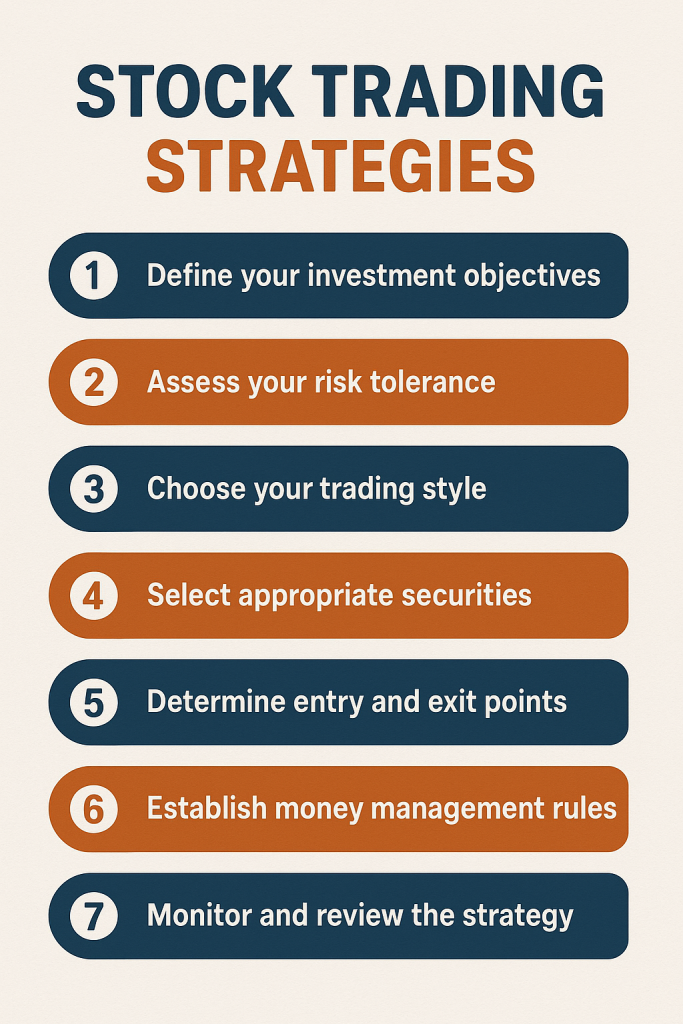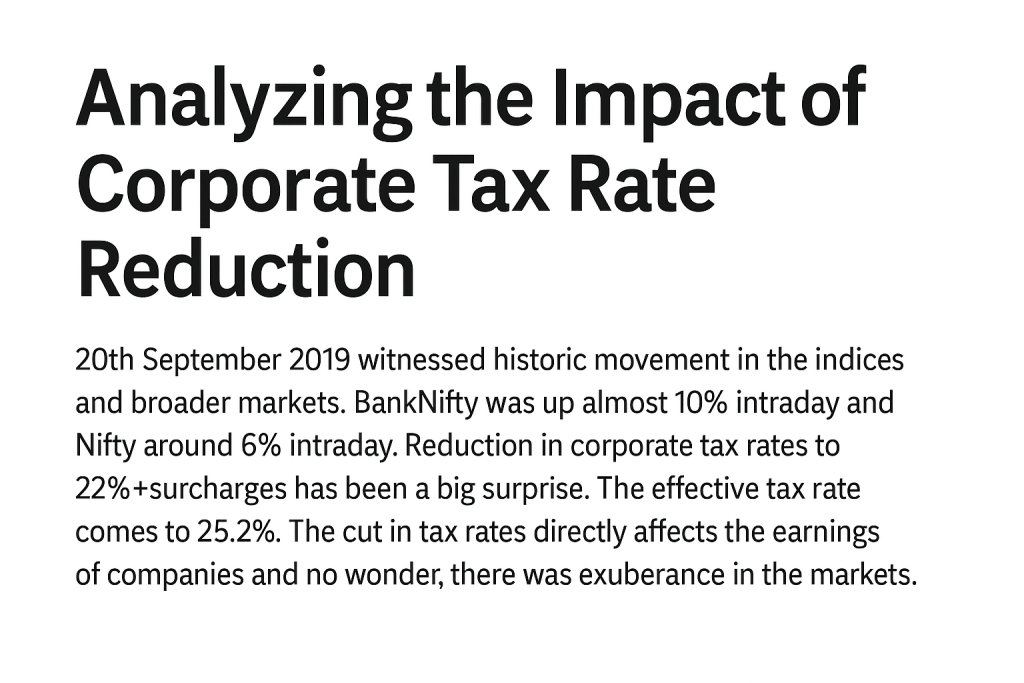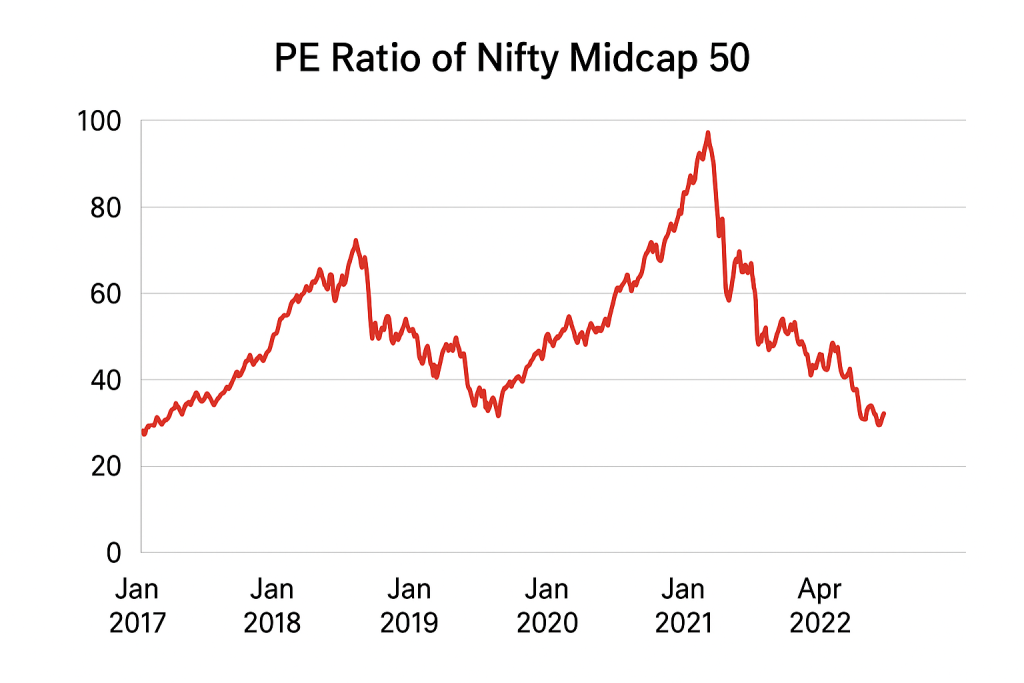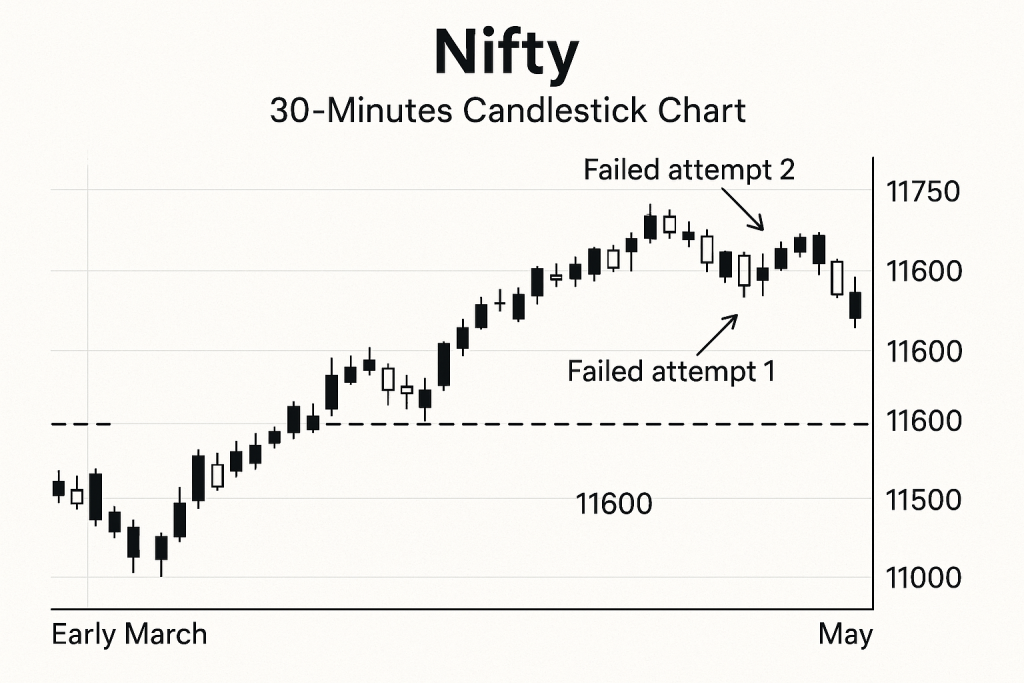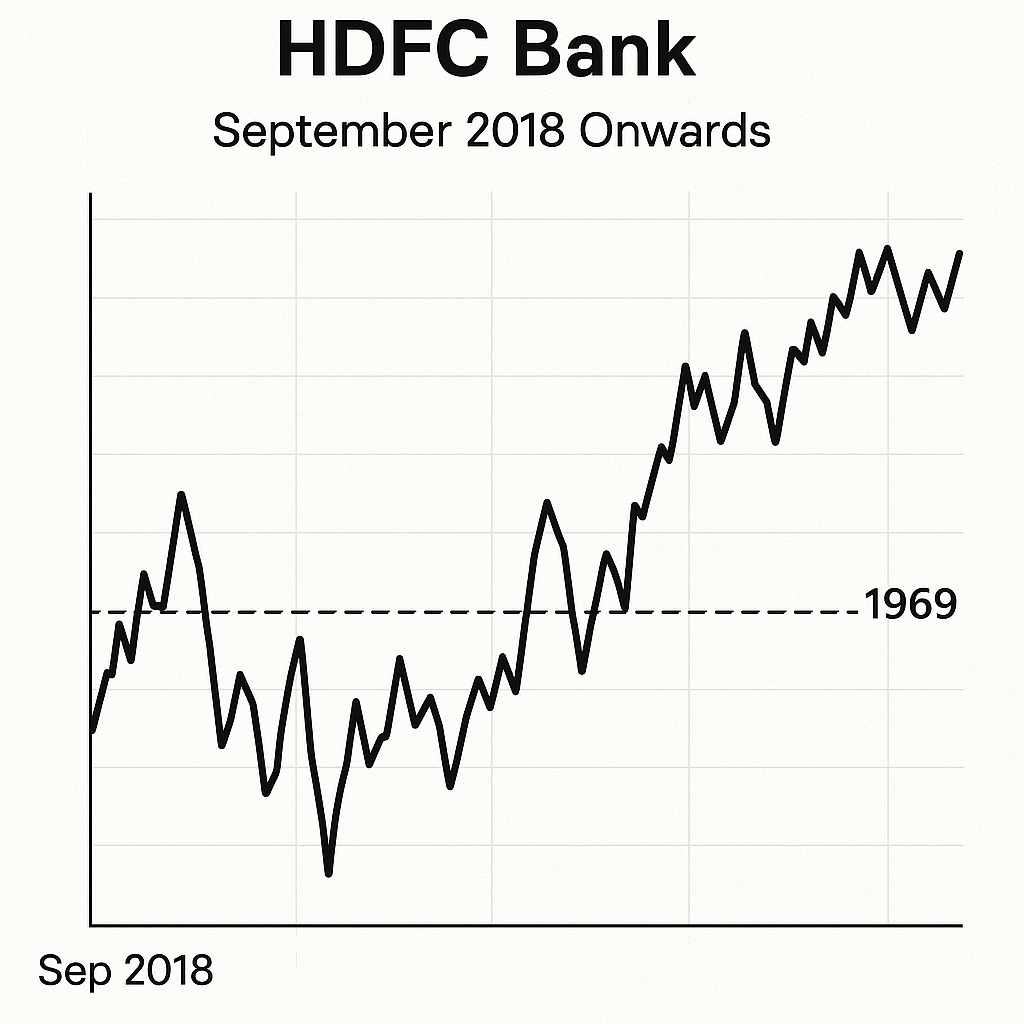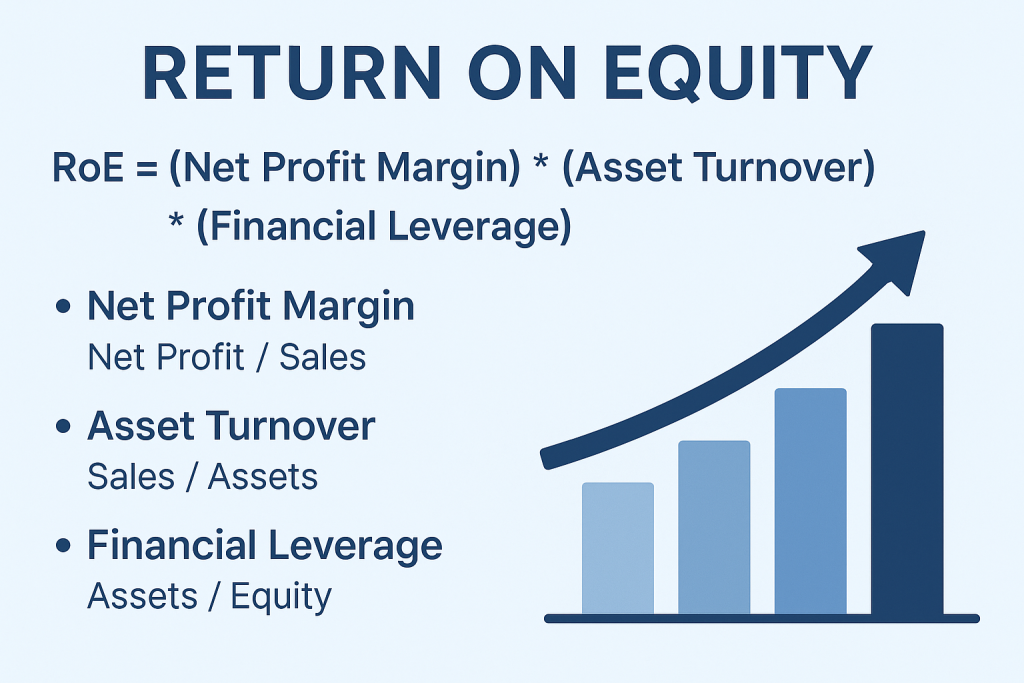Potential of Product Linked Incentive (PLI) scheme to transform manufacturing in India
India’s manufacturing sector has been contributing between 15% and 19% of GDP over the last decade. Transforming India into a global manufacturing hub would require a massive collective effort from both government and industry. The Make in India (MII) initiative was launched in 2014 to make this transition with the objectives of: increase manufacturing share to 25% of GDP, create 100 million new jobs, skilling of rural migrants and urban poor, improve domestic value addition in technology and manufacturing and thereby enhance India’s global manufacturing. India has a fragmented manufacturing eco system in some sectors, whereas a mature system in some others. To become a globally competitive, there is a need to translate from labour intensive low margin products to technology and skill intensive value added production. Despite the promising campaigns of 2014 and the subsequent years, private investment failed to significantly pick up. Along came a sudden demonetization which temporarily paralysed the economy. Note bandhi was followed by a patchy transition into a GST tax regime which aimed to organise India’s businesses and make taxation effective across the industry. The IL&FS crisis further discouraged capex addition by industry. Access to capital started to dry up as lending institutions became extremely risk averse. Finally, the coronavirus pandemic put a complete handbrake to all economic activity. Governments across the world had to loosen their purse strings to re-start the extremely scared economy. There seems to be finally light at the end of the metaphorical tunnel. In May 2020, the Indian government launched the “Atmanirbhar Bharat Abhiyan” with an economic package of Rs. 20 trillion (20 lakh crore). The goal was to make India self-reliant, and one of the aspects of this ambitious project was the Production Linked Incentive (PLI) scheme. While it is no secret that India usually runs a trade deficit (imports are greater than exports), it is widely believed that this is largely due to oil imports. The fact is that India runs a trade deficit even when only merchandise is considered. The table below depicts India’s monthly balance of trade in million USD. A higher negative trade deficit negatively impacts the GDP. Every nation ideally prefers a trade neutral or trade surplus position. For India, this means increasing exports and decreasing imports at the same time. Take a look at India’s import to GDP ratio among emerging economies. Source: Goldman Sachs Report From the above chart, it is evident that there is a pressing need to reduce relative dependence on imports. Increasing domestic manufacturing will decrease imports and increase exports at the same time. A lower trade deficit or a trade surplus has a direct impact on GDP growth. Easy Peasy? Actually not so simple.. A manufacturing boom is only possible through systematic improvement in manufacturing infrastructure, R&D, highly skilled technical workforce, and most importantly an economic environment which allows for globally cost competitive production. Think better logistics, availability of good quality power and water and predictable taxation environment. Countries like China and South Korea have become prosperous, just because such focussed efforts were taken about 3 decades back by their governments. In the past, our governments have tried various ways to trigger manufacturing surges by providing indirect support. Some of the examples of such incentives are: tax holidays (SEZs), import tariffs to protect uncompetitive domestic manufacturers, export incentives, social subsidies and the like. As economic and policy efforts go, all the above initiatives contribute in varying degrees to enhance the manufacturing sector. But none of them significantly bolsters it for a long duration. What has been missing is policy that is highly targeted and at the same time executable. Most recently, the government launched the Performance Linked Incentive (PLI) scheme to try and achieve just that. What is the PLI scheme? How does the PLI scheme work? The government in consultation with industry has identified 13 sectors where imports are significant, and where a boost in manufacturing could have a significant value. They have identified product categories within these sectors which are strategically important. Companies that manufacture these products within India will be eligible for taking benefit of the PLI scheme. Simply put, government will give companies cashbacks on achieving certain production targets in manufacturing of select pre-defined goods. Whether a company will be eligible for this PLI will be disclosed at the start so that there is complete focus on achieving the targets. The average cashback across sectors is 4-6% on incremental sales over base year of 2019-20 for a period of 5 years. To qualify: – The company has to commit a certain amount of production each year – The company has to commit a certain amount of investment in infrastructure/plant and machinery *The clauses vary across product categories as well as are different for domestic and international manufacturers. The main message here is as follows. Attain large production targets in products of strategic importance and the government will give you incentive on sales. Payment upon performance. There are only few companies that will get the nod to receive PLI incentives and hence the competition will be high. The maximum incentive is clearly defined for each product category so the qualifying company can plan accordingly. One can say that PLI incentives are so designed to only encourage large corporations to apply for the scheme. Why is PLI scheme required? Mature manufacturing companies need a nudge to make large investments in capacity addition. Foreign companies need confidence that there is governmental support, access of quality workforce and low costs which can make India a good destination to set shop. In case of domestic companies, the confidence needed is more on the know-how and R&D front, and the capital financing flexibility offered. The PLI scheme could provide this very nudge to large industry houses to commit to production targets in return for incentives on sales. In case of foreign companies, they can become cost competitive by making in India. In case of domestic companies, they can risk investing more in R&D and modern technology to achieve

